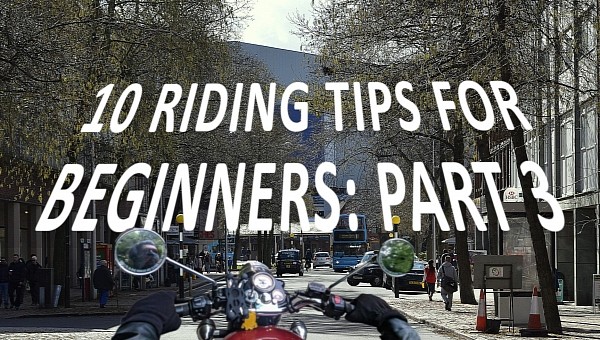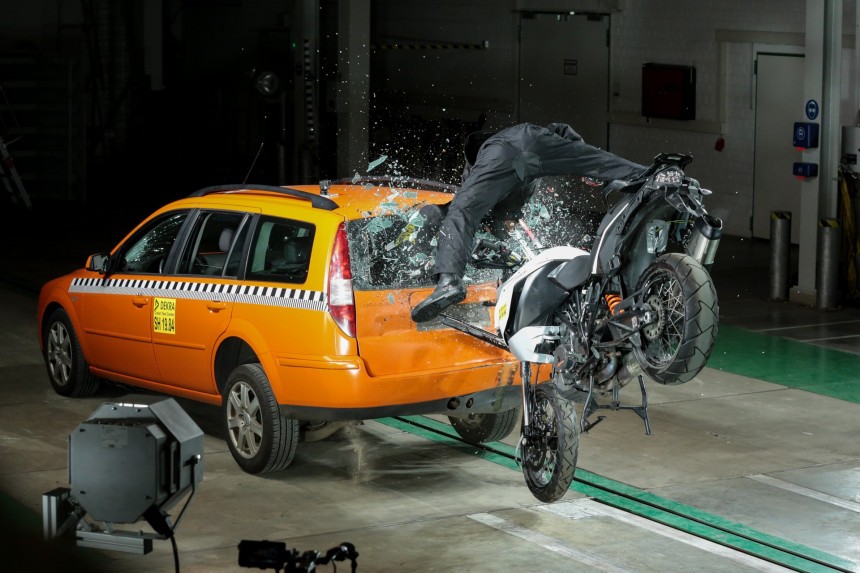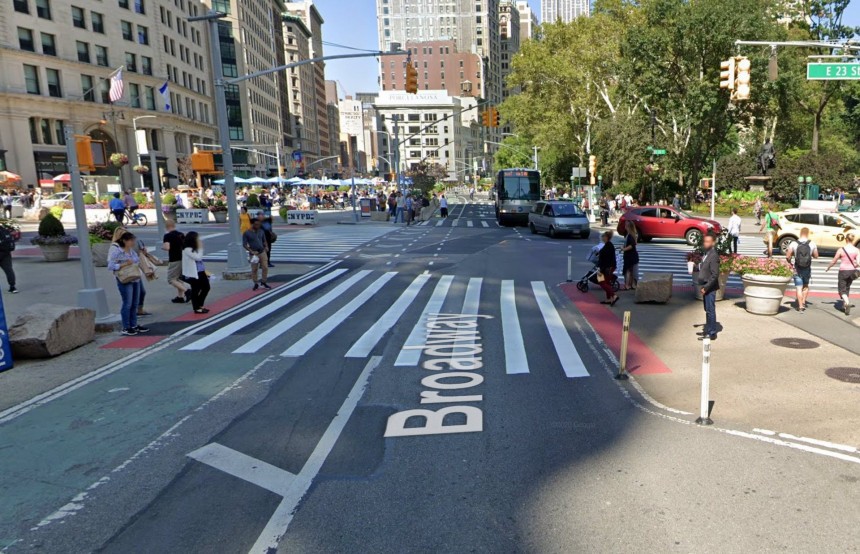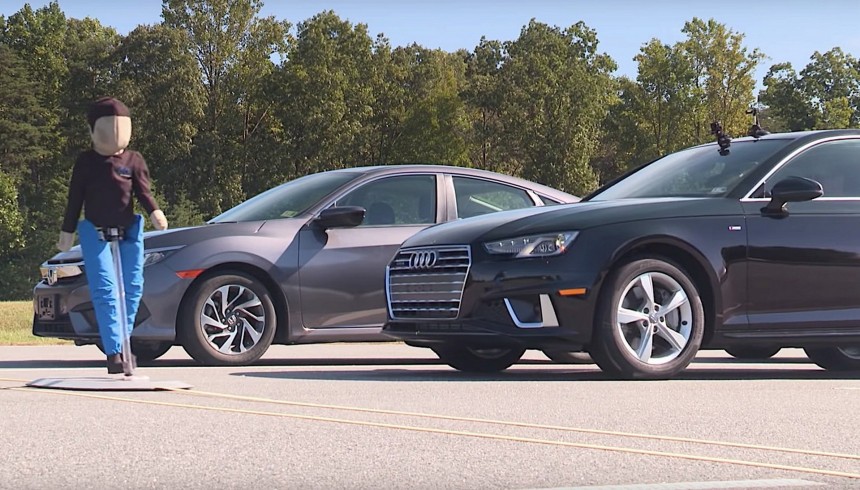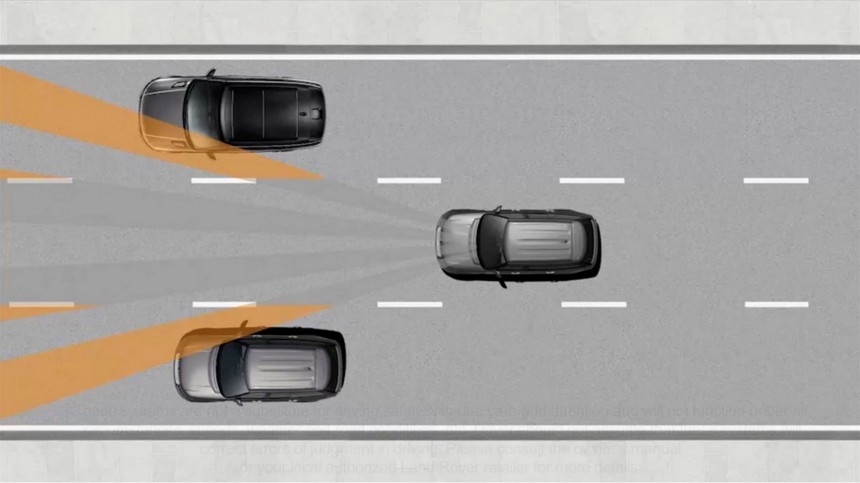After we told you a few things about gear and posture when riding a bike, it's time to move forward to a few tips about safety and how to escape from perilous situations. But remember, none of these would matter if you're not wearing the appropriate equipment or if your posture on the motorcycle is wrong.
At first, we discussed moderation and gear that can save your life or, at least, your limbs from injuries. Honestly, I can't understand people who are riding without at least a helmet, let alone gloves and boots. Maybe gloves might be left at home if you're riding at slow speeds, locally, to the nearest store. Or perhaps your boots are not essential if you're going just around the corner. But helmets? Those should be mandatory in all states. Unfortunately, they are not, and many experienced bikers consider them useless. So, we've also told you that it's not recommended to ride together with people who don't care if you're behind or if they are rushing you. We've already established that you won't learn faster just because you are speeding on the highway the next day after you've taken your driving license.
Then we moved on to the riding posture, which is crucial if you want to control the motorcycle and not get tired in the process. Motorcycling should be fun and relaxing, not tense and stressful. We're not telling you, or anyone, what kind of bike you should get. But we advise you to sit on the one you want and see if that will suit you. It's that easy! But now we have to talk about safe riding.
If you look further than just a few feet in front of your bike, you'll notice more. Look far ahead and also to the sides. Sometimes you'll spot a driver approaching fast to a crossroad. Even if you have the right-of-way, don't count on them that they will stop. Let them pass if they fail to brake. Sometimes it's enough to let off the throttle and avoid the crash.
On the other hand, being over-focused is not a good idea either. That will rip off your pleasure of riding. Regularly looking over your shoulder, seeing what's going on in front of you, and checking the cross-traffic will, and should, become second nature. If you're doing this on every trip, soon, these will be transformed into reflexes. And reflexes don't wear you out. They're just there to protect you.
Also, if you're on the third lane and see the cars from the first and second lanes slowing down, you do the same. Sometimes you can't see people crossing because they are hidden by other vehicles. First, back off the gas and start braking. Thus, you won't be surprised if some person with headphones on and eyes glued to the screen of their phone jumps in front of you. The same goes for bus stations. If a bus stops, don't expect everybody to patiently wait on the sidewalk until the vehicle leaves. Some will jump into the street, rushing in whatever direction they want.
To check the distance, start counting with "one-Mississippi, two-Mississippi" the moment the vehicle in front of you passes a fixed landmark. If you're passing the same spot sooner than two seconds pass, then you're too close. Ease off a little. Also, you should know the braking distance of your bike. After all, you're relying on two fingers of rubber on the tarmac. And in case you're wondering what's the average braking distance for a motorcycle, we found them for you. Under normal conditions, a bike stops at 15 feet (4.5 m) from 20 mph (32 km/h), at 93 feet (28.3 m) from 50 mph (80 km/h), and at 300 feet (91.4 m) from 90 mph (145 km/h), not counting the reaction time.
In case one would really be invisible in traffic, then he or she should always find the safe spots or "bubbles," allowing enough space/time for reacting and avoiding the dangers. This could be translated into a lower speed, lane changing, learning to ride in a more fluid manner, and so on. You'd probably be surprised to find out that, in order to escape dangerous situations, you'll be forced to throttle your way out really hard.
A bit of "paranoia" is really ok: even if pretty much nobody will deliberately crash into your bike, it's always best to assume this is the very reason they got out of the house that day... and be ready. Most of such close calls are caused by unaware drivers (and bikers, too), some of them talking over the phone or doing pretty much anything but not watching the road.
Even high beam and loud color gear are sometimes not visible, so you are pretty much the only guy watching out for yourself, and knowing this, we get to the next point...
Most of the nasty, dangerous scenarios take shape out of negligence and lack of awareness, and bearing this in your mind will hopefully help you balance the situation. Therefore, you should be in charge: getting rid of hesitations and driving in an assertive manner will help both you and the others around you. No aggressiveness is needed.
Prior to reacting, creating several potential scenarios and evaluating their outcome and feasibility is the most important stage. Now, this does not mean that you're going to be forever brooding on sinister results: once you start building up riding experience and becoming more confident, you'll notice how all these mental processes drift from the conscious mind but keep on running "in the background." This is 'honing the riding skills' and means you're becoming a better rider, with more chances to make it out of nasty scenarios in one piece.
So making escape plans and quick reactions, choosing the one that seems to have the best odds to turn out well, will finally round up the basis of defensive driving.
And I've just remembered a nice verse: "If on road my bike I'll lay, pray the gods I walk away."
Then we moved on to the riding posture, which is crucial if you want to control the motorcycle and not get tired in the process. Motorcycling should be fun and relaxing, not tense and stressful. We're not telling you, or anyone, what kind of bike you should get. But we advise you to sit on the one you want and see if that will suit you. It's that easy! But now we have to talk about safe riding.
5. Defensive driving
The first rule to not getting involved in an accident is prevention. As a rider, you have to anticipate. If you see a car's turn signals blinking toward your lane? Slow down. Don't expect them to see you or give you the right of way. Maybe the driver is distracted. Maybe they're DUI. You don't know it. Just remember that you can't prevent and predict all situations. You'll avoid them, thanks to the proverbial bag of luck. But after a while, it's the bag of experience that matters more.If you look further than just a few feet in front of your bike, you'll notice more. Look far ahead and also to the sides. Sometimes you'll spot a driver approaching fast to a crossroad. Even if you have the right-of-way, don't count on them that they will stop. Let them pass if they fail to brake. Sometimes it's enough to let off the throttle and avoid the crash.
Be alert and don't be mindless
They say that when you're riding a motorcycle, you'll put most other thoughts on pause. That's true only if you're focusing on the road. Don't think about the salary cuts, the unpaid bills, or the angry significant other. After a while, you'll get used to thinking about the only thing that matters when on two wheels: safety. If you'll have an accident, that will only add more problems to your life. If you can't get rid of those mindful thoughts, then you shouldn't be on two wheels. And don't get distracted. It's enough to take a two-second look at that beautiful girl on the sidewalk, and you won't see the car that suddenly stops in front of you.On the other hand, being over-focused is not a good idea either. That will rip off your pleasure of riding. Regularly looking over your shoulder, seeing what's going on in front of you, and checking the cross-traffic will, and should, become second nature. If you're doing this on every trip, soon, these will be transformed into reflexes. And reflexes don't wear you out. They're just there to protect you.
Also, if you're on the third lane and see the cars from the first and second lanes slowing down, you do the same. Sometimes you can't see people crossing because they are hidden by other vehicles. First, back off the gas and start braking. Thus, you won't be surprised if some person with headphones on and eyes glued to the screen of their phone jumps in front of you. The same goes for bus stations. If a bus stops, don't expect everybody to patiently wait on the sidewalk until the vehicle leaves. Some will jump into the street, rushing in whatever direction they want.
The two-second rule
This rule refers to the minimal distance you should keep at all times between your bike and the vehicle in front of you. Many studies have shown that this is the appropriate time to see and react to a perilous situation. Sure, reflexes and experience might shave some from that time. But, after all, being one second late is better than being one second too early. Your eyes need to see a situation, your brain needs to react, and the muscles need time to contract. If you think that's a long time, try this test. Take a stopwatch, start and stop it as quickly as you can. See how much time you need to do that when you know exactly what's going to happen when you press the buttons. It's longer than you thought, isn't it? But it's well under those two seconds.Nobody sees you, and they all want to get you
Now, this is one thing you're going to hear many times: ride as if you were invisible. It may sound a bit on the paranoid side, but understanding the truth behind these words will grant you a better understanding of why defensive driving is the best way to avoid accidents.In case one would really be invisible in traffic, then he or she should always find the safe spots or "bubbles," allowing enough space/time for reacting and avoiding the dangers. This could be translated into a lower speed, lane changing, learning to ride in a more fluid manner, and so on. You'd probably be surprised to find out that, in order to escape dangerous situations, you'll be forced to throttle your way out really hard.
A bit of "paranoia" is really ok: even if pretty much nobody will deliberately crash into your bike, it's always best to assume this is the very reason they got out of the house that day... and be ready. Most of such close calls are caused by unaware drivers (and bikers, too), some of them talking over the phone or doing pretty much anything but not watching the road.
Never depend on others
If you ride your bike and expect others to watch out for you and help you in traffic, you're on your way to an accident waiting to happen. Most of those who have never ridden a bike have absolutely no clue about how it feels seeing a car doing 50, passing them with the bumper corner inches away from their knee. Neither do they figure out that a rider may come off his/her bike even without a car actually crashing into the motorcycle. As for the way bikes brake, we don't even want to go there.Most of the nasty, dangerous scenarios take shape out of negligence and lack of awareness, and bearing this in your mind will hopefully help you balance the situation. Therefore, you should be in charge: getting rid of hesitations and driving in an assertive manner will help both you and the others around you. No aggressiveness is needed.
Escape plans
Finally, when bad things happen, you'd better have an escape plan: this sums up pretty much all of the above. Being alert allows you to check your perimeter and be informed. Being informed offers real data to the focused mind that is always (or should be) on standby, ready to react.Prior to reacting, creating several potential scenarios and evaluating their outcome and feasibility is the most important stage. Now, this does not mean that you're going to be forever brooding on sinister results: once you start building up riding experience and becoming more confident, you'll notice how all these mental processes drift from the conscious mind but keep on running "in the background." This is 'honing the riding skills' and means you're becoming a better rider, with more chances to make it out of nasty scenarios in one piece.
And I've just remembered a nice verse: "If on road my bike I'll lay, pray the gods I walk away."
